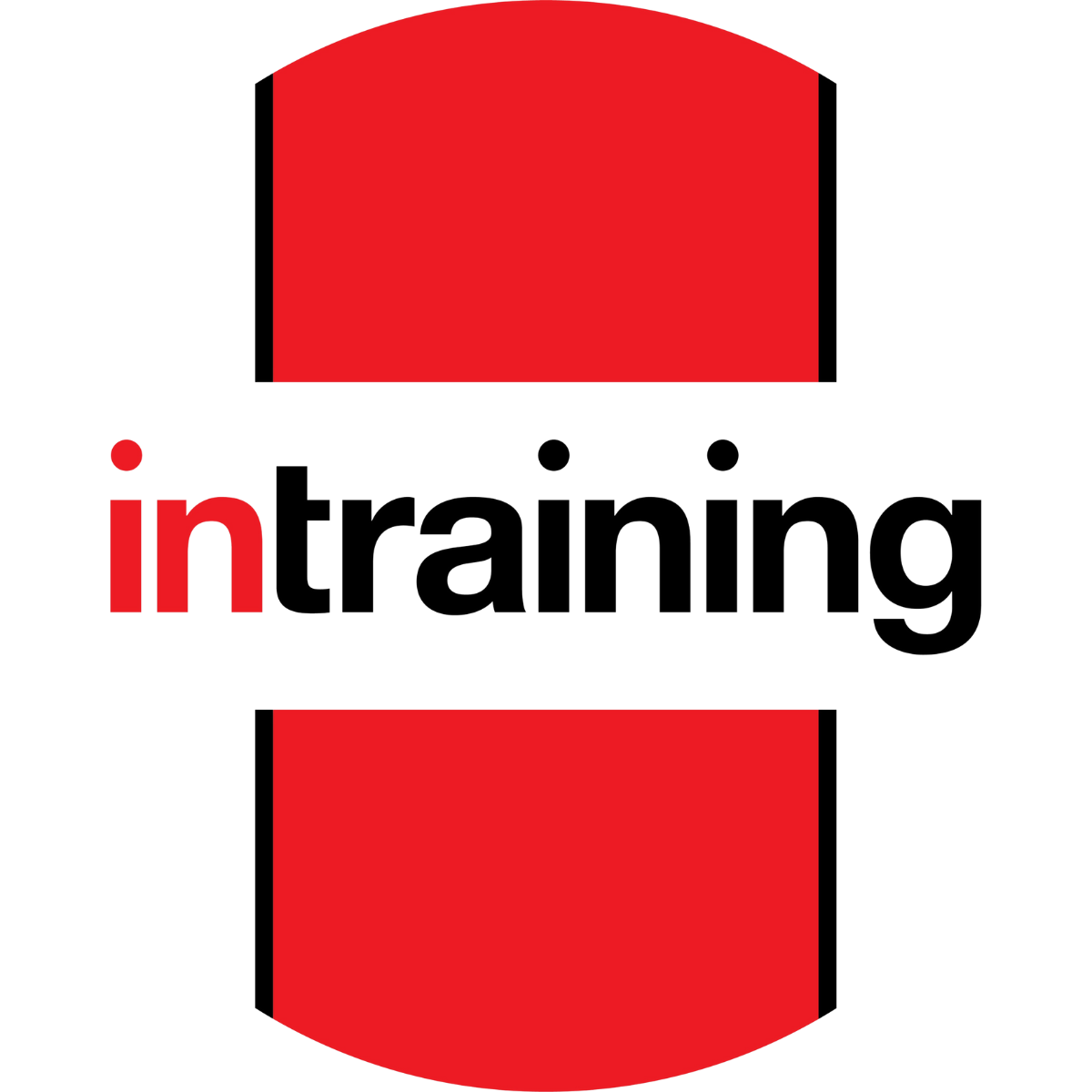Muscle tear assessment and management for runners

Muscle tear assessment and management for runners.
By Doug James Physiotherapist and Podiatrist
Pain is not an uncommon occurrence with running. For newer runners (or those returning to running after time off) pain might be felt on most runs due to fatigued muscles or being short of breath. For more experienced runners, pain usually becomes a less common occurrence and may only be felt during faster paced interval sessions, hill repeats, or long runs. Your muscles will work harder and produce an amount of discomfort during the session and possibly for a few days following – a sensation know as Delayed Onset Muscle Soreness – or DOMS. While pain can be expected in these situations (and in some ways helpful), differentiating between ‘good pain’ and ‘bad pain’ can help to keep you running.
Running fitness and conditioning develops by running for at least twenty minutes a few times per week. Gradually this stimulus encourages improvements to your lung function making breathing feel less laboured when exercising. You will improve your muscle strength and endurance -which usually means less muscle fatigue and discomfort while running – and faster recovery afterwards. Consistent training over the course of a few months should have you feeling fitter, and running with less pain.
Unfortunately, some pain is almost inevitable. In a 12-month period, runners have around a 70% chance of developing an injury that will prevent them running for a week or longer. Of these injuries, muscle tears are one of the more common. They can develop while running, particularly at higher intensity (higher speeds and/or steep terrain) or as we fatigue. The severity of a muscle tear is graded based on history, symptoms and/or imaging findings (such as Ultrasound or MRI) and this can help to predict the recommended treatment and amount of recovery time. There are a number of different grading systems, but the most commonly used involves a 3-point grading system.
A grade 1 muscle tear (or strain) is the least severe grading. A muscle injury with this categorisation involves damage to less than 10% of the muscle, and may not be easily detected with imaging. Grade 1 injuries are often imperceptible when they occur, but may become noticeable fairly shortly after the running session has ended. They tend to be felt as a mild to medium pain when stretching the muscle or putting it under strain (e.g. calf muscle tears are often sorer when walking up stairs). There tends not to be much strength loss, and some stiffness may or may not be apparent after rest.
Grade 2 muscle tears are more serious, and involve around 10-50% of the muscle cross section. They are quite obvious when they occur and are acutely painful with a noticeable loss of power. Further pain and damage occurs if the runner tries to continue running with this injury. It is possible that Grade 2 injuries start as a grade one injury that aren’t identified at the time of the injury or are poorly rehabilitated. Muscles with grade 2 injuries will have a marked reduction in flexibility and will likely feel quite stiff after rest.
Grade 3 muscle tears are far less common in long distance running, rather seen more often in sprinting and contact sports. These injuries involve damage to at least half of the cross-sectional area of the muscle and can often involve the tendon. Unless the muscle is already significantly damaged, it is unusual that a distance runner muscle will generate enough force to create this degree of damage. A muscle with a grade three tear will have significant strength deficits to the point it may not be able to generate any movement.
Muscle tear injuries require time off running. It may be 1-2 weeks off for a grade one injury, with a progressive return to running as tolerated. Grade 2 injuries have a more variable range of recovery times, but this can be anywhere from 2 weeks to 2 months. Grade 3 injuries can take longer still, and in some cases may require surgery to enable the muscle to repair at all. Rest is an important element, however strengthening should also be prescribed early in the rehabilitation process, with an assessment of the runner’s form and training schedule included prior to the return to running.
It should be noted that not all pain is due to muscle tears, nor is pain always the enemy. Some pain is inevitable and can help to encourage adaptions to running training. High intensity running training (such as intervals or hills) can be painful, but this pain will decrease shortly after reducing intensity. These sessions are necessary for improving your speed. As a newer runner, or an experienced runner having performed a challenging training session (or when racing) soreness in the hours or days following the session can be expected. This pain and stiffness felt after the activity is called Delayed Onset Muscle Soreness (or DOMS). DOMS has been shown to be useful as experiencing this pain once can help reduce it reoccurring after similar training, enabling better recovery.
Being able to differentiate between a muscle tear, or training related DOMS can help to optimise your training/recovery balance. Knowing when to stop during a run, or how long to rest between runs can help to maximise your training, and minimise unnecessary down time. Aside from rest, a progressive strengthening plan is essential for proper rehabilitation and future prevention of this injury.
If you suspect that you have a muscle tear and would like advice the severity of the injury and how best to rehabilitate it, contact the intraining running injury clinic on 3367 3088 or book an appointment online today.
